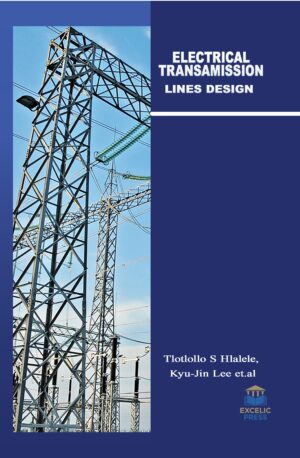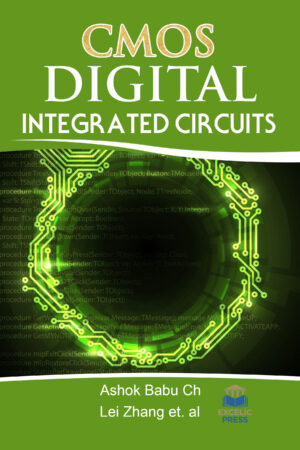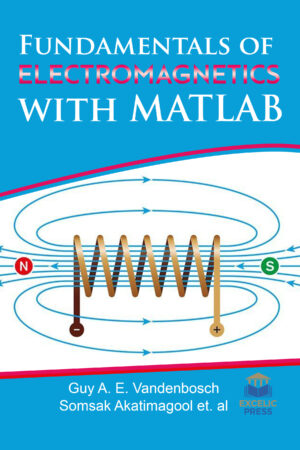Description
Fundamental changes in electricity generation and consumption are demanding the electricity system to perform in ways for which it was not designed—requiring new capabilities and system designs to maintain historical levels of reliability. The planning of electric power distribution in buildings and infrastructure facilities is subject to constant transformation. The search for an assignment-compliant, dependable solution should fulfill those usual requirements placed on cost optimization, efficiency, and time needs. At the same time, technical development innovations and findings from the practical world are constantly seeping into the planning process.
This book brings together the detailed coverage of electrical power and power electronics with practical examples from industry. It encompasses selected topics and emerging technologies in power electronics, including components, systems, and processes used in solid-state energy conversion and applications in energy conservation and efficiency.
The book describes recent advances in several key areas of power electronics technology, such as power semiconductor devices, power converter circuits, and control of power electronics. It will feature those technical details and descriptions of specific products and systems so as to fulfill the requirements specified in this volume. An increasing reliance on electricity presents significant challenges for utilities, state-level decision makers, and other stakeholders, who must improve reliability and resilience while cost-effectively managing the fundamental changes required to meet the needs of a low-carbon, digital economy. The electric power system is currently undergoing significant changes in the sources we rely on to generate electricity, the means by which we receive electricity, and even in the ways we consume electricity. This book focuses on the research, development, demonstration, and deployment needs to develop a modern electric power system.





